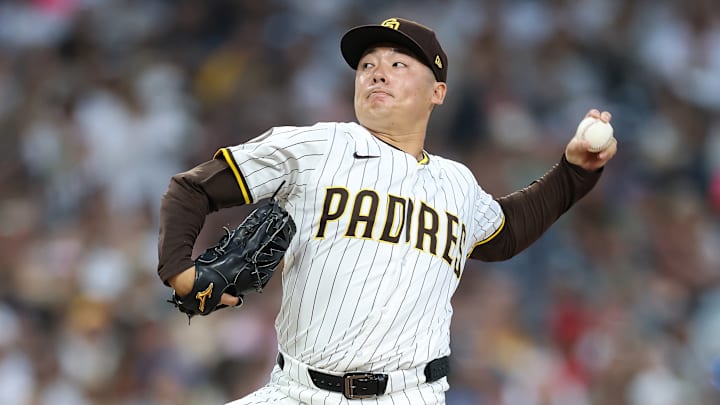October always exposes priorities, and the San Diego Padres just showed theirs with a bracing NL Wild Card Series roster reveal that breaks from the chalk. Instead of leaning on familiarity, San Diego opted for functionality: more contact and late-inning defense behind the plate, fewer left-on-left gambles in the bullpen. It’s a roster built to win tight playoff innings.
The headline move is behind the dish. The Padres removed Elias Díaz and activated Luis Campusano and Martín Maldonado, both of whom had been traveling with the club and widely assumed to be taxi-squad insurance. They’re not. They’re on the 26 and available. That instantly changes the shape of Mark Shildt’s late-game decision tree: power from the right side with Campusano, battle-tested game-calling and run prevention with Maldonado, and the freedom to pinch-hit for the starter without fearing chaos in the ninth.
San Diego Padres set NL Wild Card Series roster with unexpected picks
There’s context to the catching calculus. Díaz posted -0.2 WAR across 106 games with a .204/.270/.337 slash, a line that simply didn’t move enough run expectancy for a club trying to squeeze every extra base out of October. Campusano’s value is straightforward: a right-handed thumper who can change an inning with one swing (336/.441/.595 in Triple-A this season). Whether it’s a sixth-inning spot against a lefty or a seventh-inning pinch-hit with traffic. Maldonado brings the other half of the equation — game-planning, framing, and pitcher trust, which matters even more when one high-leverage mistake can swing a series. If Fermín starts Game 1, this alignment gives San Diego the confidence to lift him for a bat and still lock down the late innings.
The bullpen choices carry just as much signal. Kyle Hart and Yuki Matsui are notable omissions from the left-handed lane. Hart’s recent form likely forced the issue; his September closed with a rough outing in Arizona (two walks, two earned, two outs) and a 5.86 ERA for the month, too much traffic for playoff leverage. Matsui is the tougher call on paper, he logged a sparkling 1.04 ERA in September and spent most of the year as a reliable bridge — but this speaks to matchups and trust. The Padres appear comfortable shortening games with a right-handed leverage ladder and using defense and strike-throwing to mute left-handed pockets rather than chasing platoon purity just to check a box.
Strip it down, and the Padres’ roster tells a clear story about how they plan to win. Playoff series rarely hinge on just one decision, but they often hinge on the freedom to make the right one at the right time. By swapping Díaz for a Campusano/Maldonado tandem and tightening the relief roles — even at the cost of leaving a hot stat line like Matsui’s at home, the Padres chose optionality, run prevention, and matchup leverage. If October cooperates, those surprise moves won’t look bold for long; they’ll look obvious.
